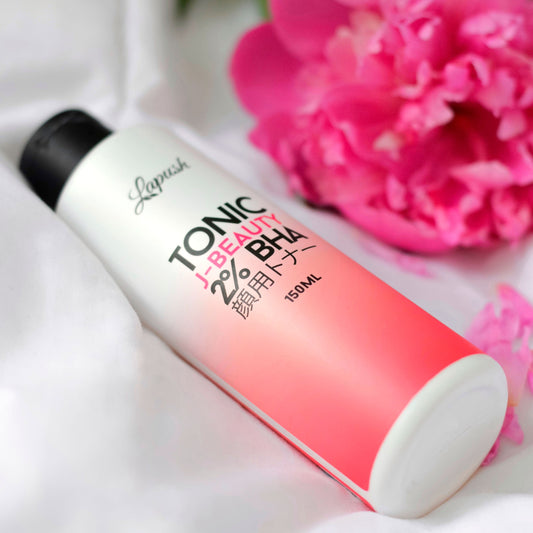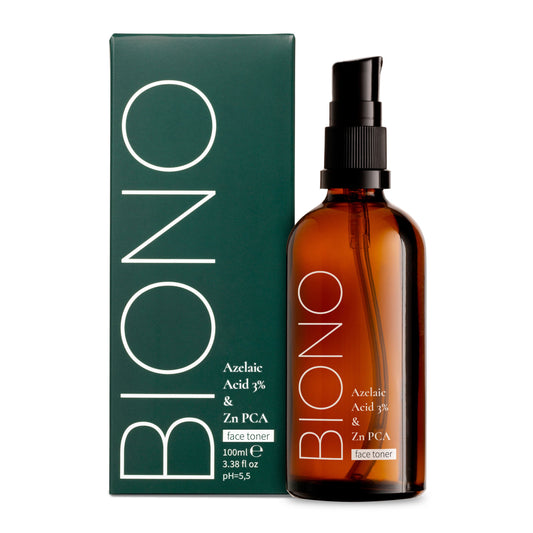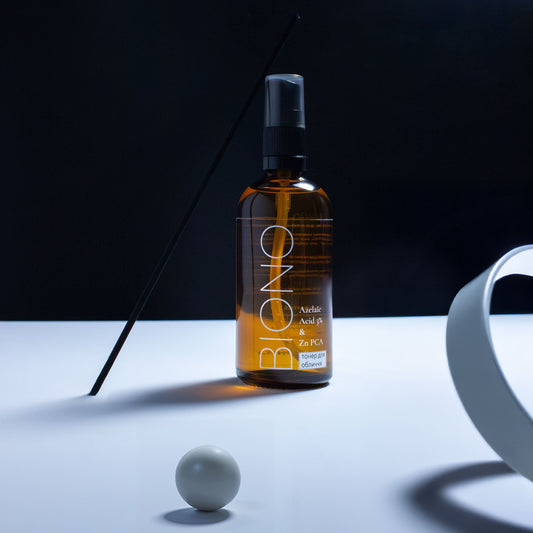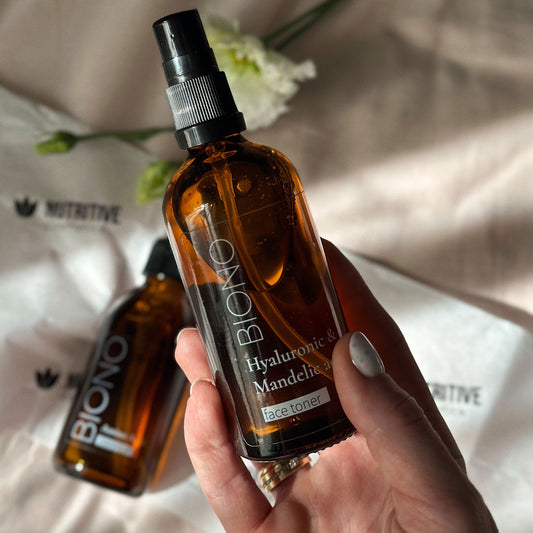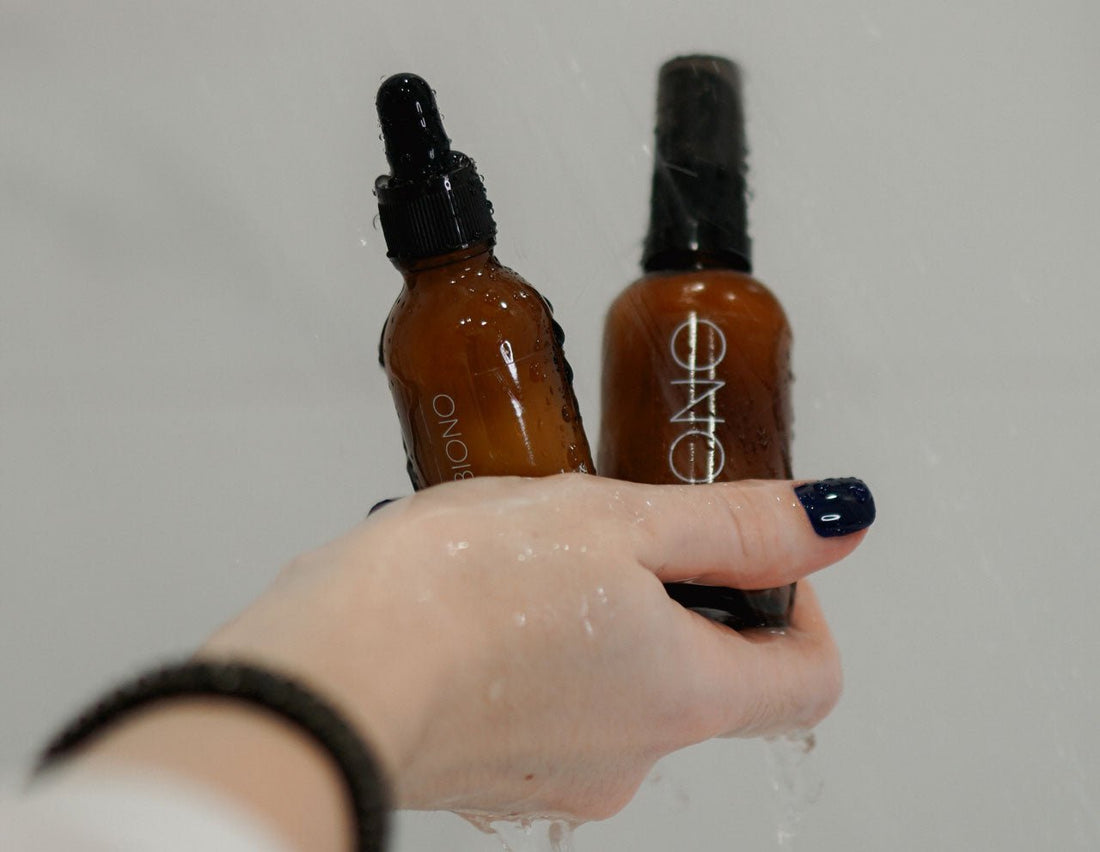
Toner vs. toner: what do similar names hide in your facial care?
Daily skin care seems like a familiar ritual — cleansing, toning, moisturizing. But what if two products we think of as interchangeable actually perform different roles? We’re talking about toner and tonic — products that are often confused with each other, although their effects and composition can differ significantly. It’s not just a play on words — it’s a question of the effectiveness of daily care.
Facial toner: a classic skincare product that never loses its relevance
Facial toner is a basic product that many people use after washing their face. Its main purpose is to restore the pH balance of the skin after cleansing and prepare it for the application of cream. Most often, toners have a watery texture and do not contain a large number of active ingredients, which makes them ideal for daily use.
The toner will be especially useful for people with sensitive or normal skin. It slightly moisturizes, tones, and refreshes the face without causing irritation. The toner contains extracts of chamomile, aloe vera, or lavender — they soothe the skin and maintain its natural condition.
Facial toner works best as a preparatory step before a serum or moisturizer. Its functions are limited to light cleansing and toning, without penetrating deeply into the skin. Therefore, it is ideal for those looking for a simple and effective care without unnecessary active ingredients.
Facial toner: active care that works deeper
Unlike a toner, a facial toner is a multifunctional product. Its composition usually includes active ingredients: hyaluronic acid, niacinamide, enzymes, vitamins, and even acids (AHA, BHA). A toner does not just refresh - it moisturizes, evens out the skin texture, and prepares it for the absorption of subsequent products.
Toners are especially effective for dry, dehydrated or aging skin that needs intense hydration and nourishment. They help to "open" the skin to active ingredients, making the following steps of care more effective.
If you follow a multi-step skincare routine (like the Korean regimen), toner is a must-have. Thanks to its light gel or liquid texture, it absorbs quickly and doesn't weigh down the skin.
What is the difference between toner and tonic: the main differences
At first glance, the difference between a toner and a tonic may seem insignificant. However, the key difference lies in the composition and intended purpose. A toner is light, cleansing and soothing, while a toner is active, multifunctional and deeply moisturizing.
A toner is usually used to "close" the cleansing step - it helps remove the remnants of the cleanser and gently prepares the skin for the next steps. In contrast, a toner acts as a "conductor" of beneficial substances - thanks to its formula, it prepares the skin for deeper penetration of serums and creams.
It's also important to remember the texture: toner is more like water, while toner often has a thicker, slightly gel-like consistency. This makes it ideal for layering—especially in the evening.
Who is suitable for a tonic, and who is better off choosing a toner?
The choice between a toner and a facial toner depends not only on your skin type, but also on your individual needs, the season, and how intensive your skincare routine is. A toner is the perfect option for those looking for minimalism in their daily beauty routine. It does a good job of balancing pH, removing cleanser residue, and lightly moisturizing. A toner is suitable for oily, combination, or problematic skin, especially in the warmer months when heavy products can overwhelm the epidermis.
Skin prone to inflammation responds well to toners with salicylic acid, witch hazel, mint or tea tree. These ingredients soothe, tighten pores and reduce the risk of breakouts. At the same time, sensitive skin will appreciate alcohol-free toners with panthenol, aloe vera or cucumber extract.
Toner, on the contrary, will be a real savior for those with dry, dehydrated or aging skin. Products with hyaluronic acid, betaine, collagen or antioxidants not only intensively moisturize, but also help restore the skin's barrier functions. Facial toner will be especially relevant in winter, when the skin needs deeper care.
If you practice a multi-step facial skin care routine, a toner will help to “drive” active ingredients into the deeper layers of the epidermis, which increases the effectiveness of serums, essences, and creams. But if you prefer simplicity, a quality toner can easily become your basic step in care.
Can I use toner and tonic together?
Despite the similarity of functions, tonic and facial toner are not antagonists. In certain cases, their combination can give an even better effect, but only if the formulas are correctly selected. For example, after washing, tonic will help remove the remains of gel or foam, refresh and soothe the skin. Then, after a few minutes, you can apply toner for deeper hydration and nutrition.
This combination is especially appropriate in conditions of stress for the skin: after exposure to the sun, wind or cold, as well as after peelings or masks. But it is important to adhere to the principle of moderation: not all skin types tolerate layering of a large number of products well. This is especially true for sensitive, reactive or couperose skin.
If you are unsure whether to choose a toner or a tonic, conduct a simple experiment. Use each product separately for 7–10 days, observing the condition of your skin: changes in moisture, texture, porosity, or skin tone will tell you which one works best for you. The main thing in skin care is not the number of products, but their compliance with your real needs.
Conclusion: which is better - toner or tonic?
There is no clear winner when it comes to toner vs. tonic. It all depends on your skin type, your skincare goals, and the results you expect. A facial toner is simple and basic, while a toner is deeper, more intense, and multi-functional.
The main thing is not to choose by name, but to understand the composition and effect of the product. After all, even products that sound similar can have a completely different mission.
And remember: proper care is not a trend, but an investment in healthy, moisturized, and radiant skin.


